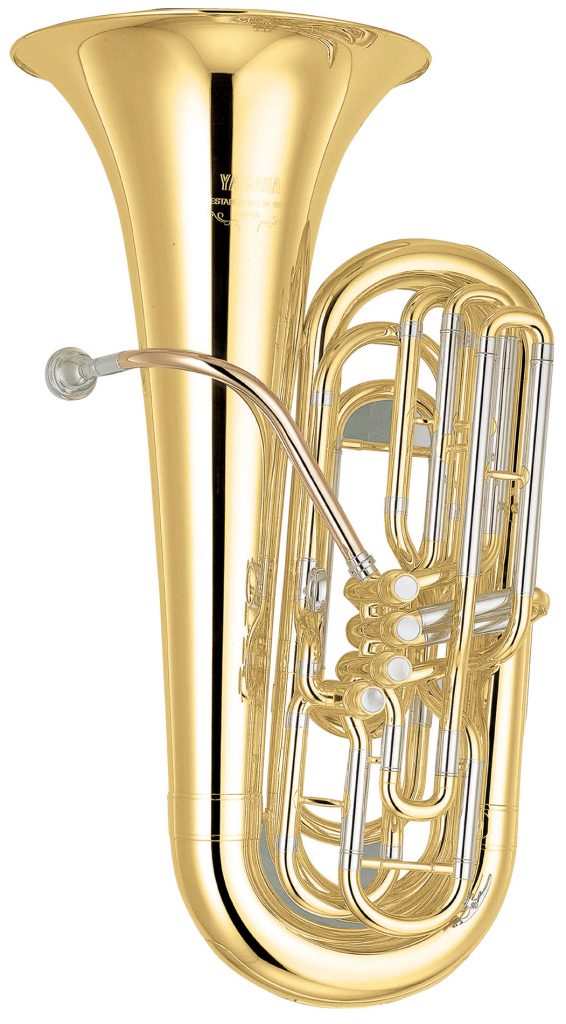Trumpet vs. Trombone
What are the differences between the two?
When thinking about learning to play a new instrument, it’s important to consider all the options. For instance, what kind of music do you want to play? What is your budget? What type of instrument (i.e., wind, string, keyboard, percussion) holds a personal appeal for you?
Historically, two favorites amongst students have been the trumpet and trombone. These expressive brass instruments are often featured prominently in school bands and orchestras, as well as jazz ensembles and even some rock groups. But what are the differences between the two? And what makes one right for one player and another better for someone else? Let’s learn the answers to these important questions.
VALVES AND SLIDES


Looking at the two instruments side-by-side, it’s easy to see what makes them distinct from one another. The trumpet has three valves in the middle, while the trombone has a long slide affixed to it. The purpose of both is the same: to change pitch, giving the musician, who simultaneously alters the tightness of their mouth’s lips (something known as embouchure), the opportunity to hit different notes on a scale.
With a trumpet, the player holds the horn with one hand and mostly uses their other hand to press different combinations of the valves. This changes pitch by lengthening the amount of tubing the air flows through.
With a trombone, there are no valves. Instead, a player holds the instrument with one hand and with their other hand, they extend the slide in and out. Again, this has the effect of changing pitch by altering the length of the tubing.
A trombone’s slide also allows the instrument to play notes continuously up and down the scale — something called a glissando. A trumpet can’t do that, but is more adept at staccato playing. (There are slide trumpets and valve trombones, but these are less common.)
SIZE
Another major difference between the two instruments is their physical size. While both the trumpet and trombone start with mouthpieces and end in bells, the trumpet is significantly smaller than the trombone, ranging from a compact 13 to 16 inches. The trombone, due to its lengthy slide, can be up to nine feet long when the slide is fully extended, though trombones can be easily disassembled for convenient storage.
RANGE AND TONE
Of all the instruments in the brass family, the trumpet, which is available in a variety of tunings (the most common being B♭), has the highest pitch. In an orchestra, it is often employed to play melodies. In jazz bands, it can solo like a guitar or, in combination with other brass and wind instruments, be used to add explosive rhythmic stabs, called “pops.” Like the right hand on the piano, the trumpet is responsible for playing notes in the treble clef.
The trombone has a significantly lower range. If the trumpet is like a guitar, the trombone is more like the three-quarter upright bass, playing notes in the bass clef and the lower register of the treble clef. While the trumpet is bright-sounding, the trombone’s tonality is rounder, deeper and fuller.
MUSICAL STYLES
Because the trumpet and trombone offer such different musical ranges and tonalities, they take on different roles in band or orchestral settings. While trumpets may be more popular among new players, perhaps because they are responsible for the melodies in many songs, both the trumpet and the trombone are a mainstay of every kind of musical ensemble, from big bands to orchestras, jazz ensembles to popular music groups. At times, they play in unison, providing big percussive sounds, as in modern big bands. At other times, the trumpet blares its fanfare while the trombone provides its mellow, lower accompaniment in a subtler, almost humming manner.
DIFFICULTY LEVEL
There is no getting around the fact that learning any musical instrument can be a challenging proposition … but that just makes it all the more worthwhile and satisfying. While neither the trumpet nor the trombone are simple to learn, for most people, one is no more difficult than the other. (For excellent options, check out the many Yamaha Intermediate & Student Series trumpets, as well as the Yamaha YSL-354 tenor trombone, specially designed for beginning students.)


To achieve its bright sound, a trumpet requires a smaller mouthpiece. A player, thus, is responsible for achieving a tighter embouchure. In addition, since a trumpet uses only three valves to play all pitches, mastering their combinations can feel like learning a new language. The trombone slide offers players seven “positions” to hit in order to achieve a clear note. Memorizing these positions can be tough at first, like figuring out how to play the guitar without any frets.
A trombone mouthpiece, on the other hand, is bigger, helping it to achieve notes in a low register. But the instrument is also larger and somewhat more cumbersome, which might make it difficult for beginners — especially those who are short in stature — though Yamaha offers one model (the YSL-350C) that has a compact design which allows beginning students to play certain notes without having to extend the slide beyond their reach.

Learning either the trumpet or trombone can be a gratifying experience for many aspiring musicians. Get ready to purse those lips and start blowing!
Yamaha offers a comprehensive line of trumpets and trombones for both beginners and professionals.
















